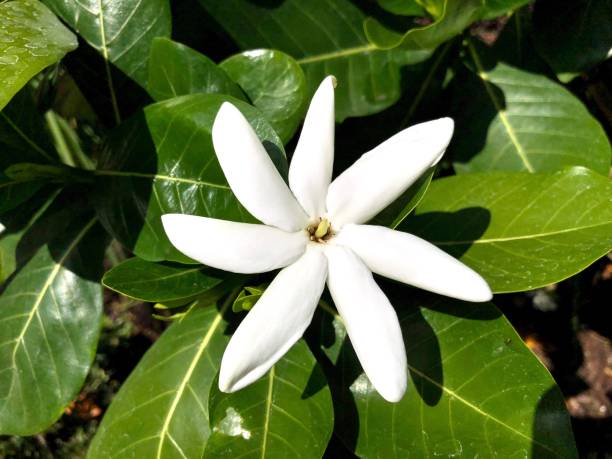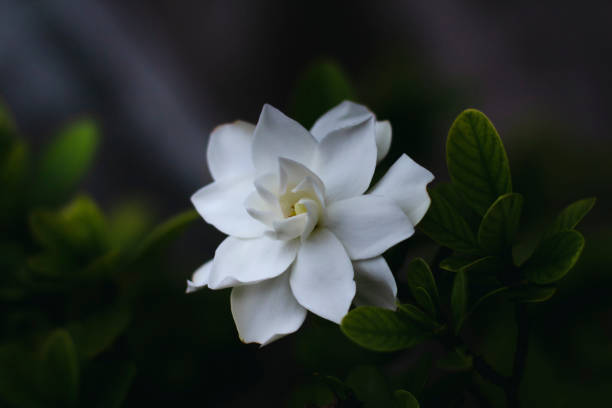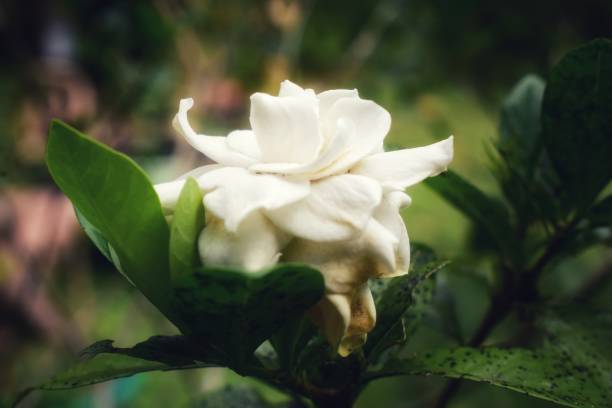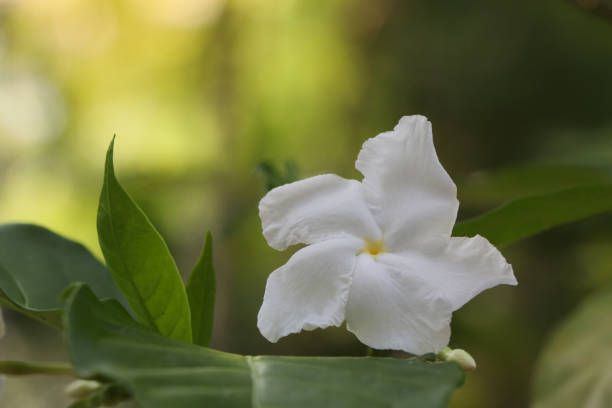Why My Gardenia Isn’t Blooming? — A Quick Guide To Growing The Perfect Flower!
As we move further into the late spring season, Gardenias are in full bloom. At this time of the year, the most common question among gardeners comes up – why does my Gardenia not bloom? Gardenias are known for their fascinating blooming habits. They rarely flower, and then only once a year. In fact, most of them bloom only once in their lifetime. Do you want to know why your Gardenia is not blooming? You may wonder why there are no blossoms on your favorite flower, then you have come to the right place. This article will discuss the most prevalent reasons for gardenias not to bloom and how to improve the growth of these plants.
Table of Contents
What Causes Gardenias Not To Bloom?

Wrong Watering Habits
Soil that is constantly wet but not waterlogged is ideal for gardenias. To thrive, they require around an inch of rain or an equivalent amount of irrigation. Your Gardenia plant can suffocate or dry out if there is an excessive amount of or too little moisture in the soil. It’s simple to overwater your Gardenia, and it’s difficult to understand what’s going on with them when they’re submerged.
Improperly Pruned
In most cases, when a gardenia plant does not bloom, it is because the plant was clipped too late in the growing season. The best time to prune gardenia plants is after they have stopped flowering in the summer but before the plant has had the opportunity to set new buds. Pruning too late in the season will result in the removal of buds that are in the process of developing for the following growing season. Keep in mind that certain varieties flower twice during the growing season, so plan accordingly.
Sudden Fluctuating Temperatures
Sudden temperature changes between hot and cold temperatures will lead to sudden loss of buds. This can also damage new foliage being developed by the plant or change what would have been a very undesirable location for roots. Using plants in locations that are relatively protected from high winds is important to ensure flowers bloom on time, so you don’t lose many blooms along the way.
Not Getting Enough Light
Gardenias do need ample light to flourish. Gardenias should be grown in bright indirect light if grown indoors or in the partial shade if planted outdoors. Even while Gardenia plants can be grown outside in mild weather. It is much easier to force flowering on those planted in the home since you have complete control over the environment in which they are grown.
Nutrient Deficiencies
In cases where you notice that your gardenias don’t bloom, there could be another nutrient deficiency to blame. By neglecting to keep up on fertilizing and pruning Gardenia plants in the spring, enough nutrients are often removed from the plant tissues over time. It cause problems such as distorted buds or flowers which do not develop properly, leading to unattractive fading of tints and a hindrance for flowering ability. Gardenias thrive on soils that are high in organic matter and nutrients. Increase the amount of organic matter in your soil, such as peat moss or manure, to help your plant develop more vigorously. Plant gardenias every 2-4 weeks during their growing season (March to October) with dilute fertilizer. Don’t feed your plant between November and February.

Inadequate Soil Acidity
Gardenias are known for dying during the winter months when there is an excess of acid in soil caused by over-fertilizing and over-watered soils. To thrive, gardenia plants need an acidic soil with a pH level that ranges from 4.5-6. Acidic conditions are important as they help prevent damaging fungus diseases, including spider mites and powdery mildew, while encouraging healthy.
Insect Damage
Bugs can cause various problems, including stunted growth damage to the foliage and flowers. Insects causing gardenia problems include aphids, leafhoppers, thrips or spider mites, and mealybugs, all of which are very common in manicured landscape settings due to overurbanization.
Poor Soil Management
A healthy soil maintains the perfect balance between aeration and drainage, so the plant roots do not become stagnant or flooded with water in wet climates.

Why My Gardenias’ Flower buds Are Falling Off?
A lack of water, inconsistent watering, or too much are the most common causes of flower buds dropping from plants. Another possibility is a change in the amount of light available. Gardenias are well-known for losing their bloom buds at the drop of a hat.
In addition, keeping the soil excessively damp can cause problems. Make sure your Gardenia is in a pot with drainage holes in the bottom so that it can get enough water. Every time you water, make sure there is enough water to see water escaping from the bottom of the container. Water should be used to circulate the soil through and out of the pot in order to eliminate salts that may have accumulated in the soil.

What Are the Key Factors of Maintaining Gardenia Flowers?
The most important conditions in achieving and maintaining gardenia flowers are temperature, light, humidity, and soil moisture.
When attempting to increase or prolong flowering, keep your Gardenia away from drafts and in a room between 55-65° F. Temperature fluctuations between warm and cold can interfere with floral growth and cause bud drop. Maintain a damp but not wet environment for the soil. Any blooming houseplant fertilizer can fertilize gardenias, as long as it is diluted. If at all feasible, choose a product designed for acid-loving plants.
As with other plants, group your Gardenia together and set it on a gravel tray to enhance humidity and boost bud retention. Simply fill the plant saucer with pebbles and water and set it aside. The pot should be placed on the pebbles above (and not in) the water to ensure proper drainage. As the water evaporates, it raises the relative humidity in the area around the plant. Move the plant to a south-facing window or add more light to the spot where it is now located.
Don’t make the mistake of transplanting. Gardenias require a certain amount of container confinement in order to blossom. Transplanting will result in additional green growth and a delay in the onset of flowering. Once the blossoms have formed, stay away from high temperatures, dry soils, and low humidity. All of these factors can contribute to bud drop. All of your efforts will finally be rewarded by the fragrance of lovely blossoms.
